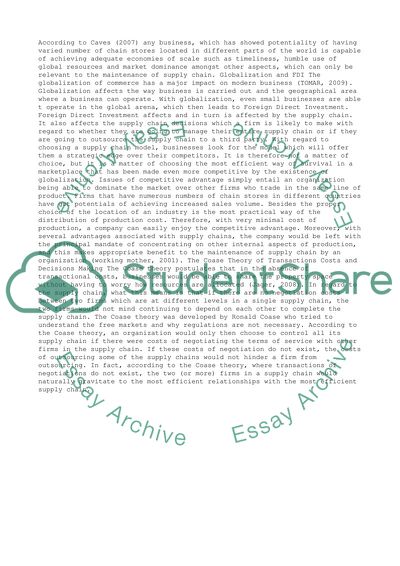Cite this document
(Benefits of a Global Organizations Controlling Supply Chain Literature review, n.d.)
Benefits of a Global Organizations Controlling Supply Chain Literature review. Retrieved from https://studentshare.org/management/1489543-ypa-multinational-company-maximises-its
Benefits of a Global Organizations Controlling Supply Chain Literature review. Retrieved from https://studentshare.org/management/1489543-ypa-multinational-company-maximises-its
(Benefits of a Global Organizations Controlling Supply Chain Literature Review)
Benefits of a Global Organizations Controlling Supply Chain Literature Review. https://studentshare.org/management/1489543-ypa-multinational-company-maximises-its.
Benefits of a Global Organizations Controlling Supply Chain Literature Review. https://studentshare.org/management/1489543-ypa-multinational-company-maximises-its.
“Benefits of a Global Organizations Controlling Supply Chain Literature Review”, n.d. https://studentshare.org/management/1489543-ypa-multinational-company-maximises-its.


